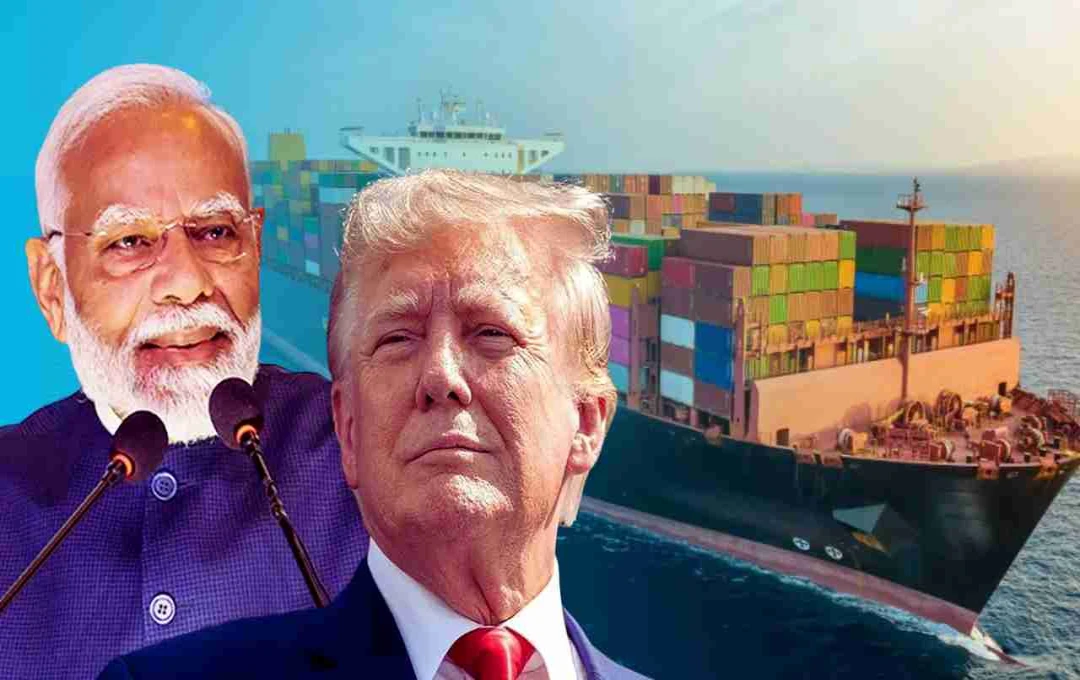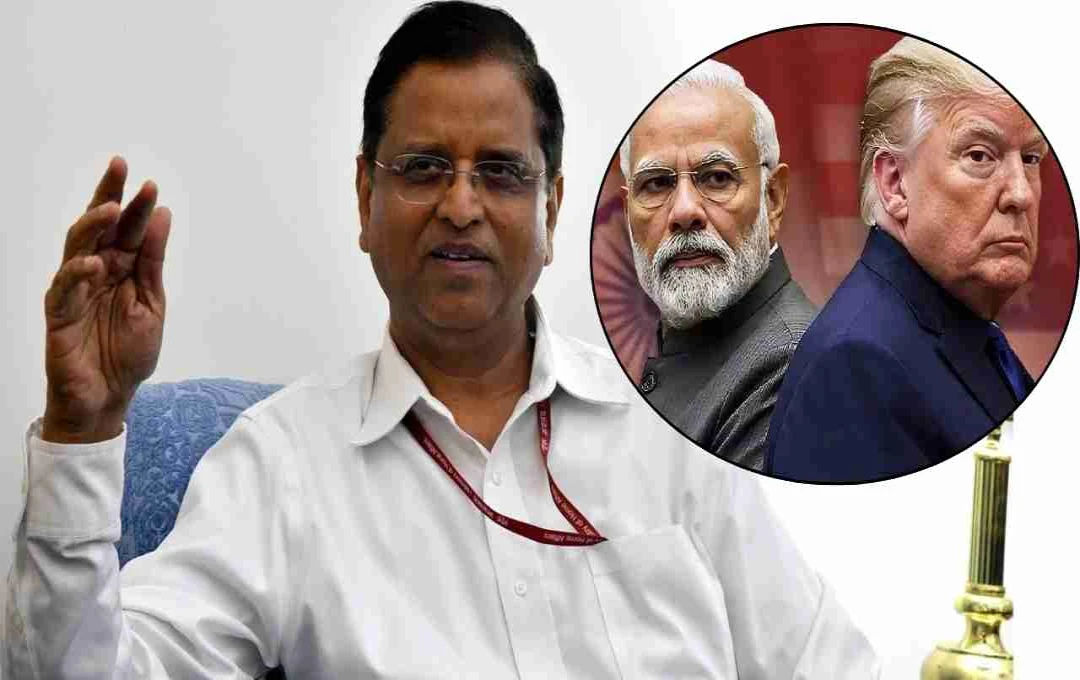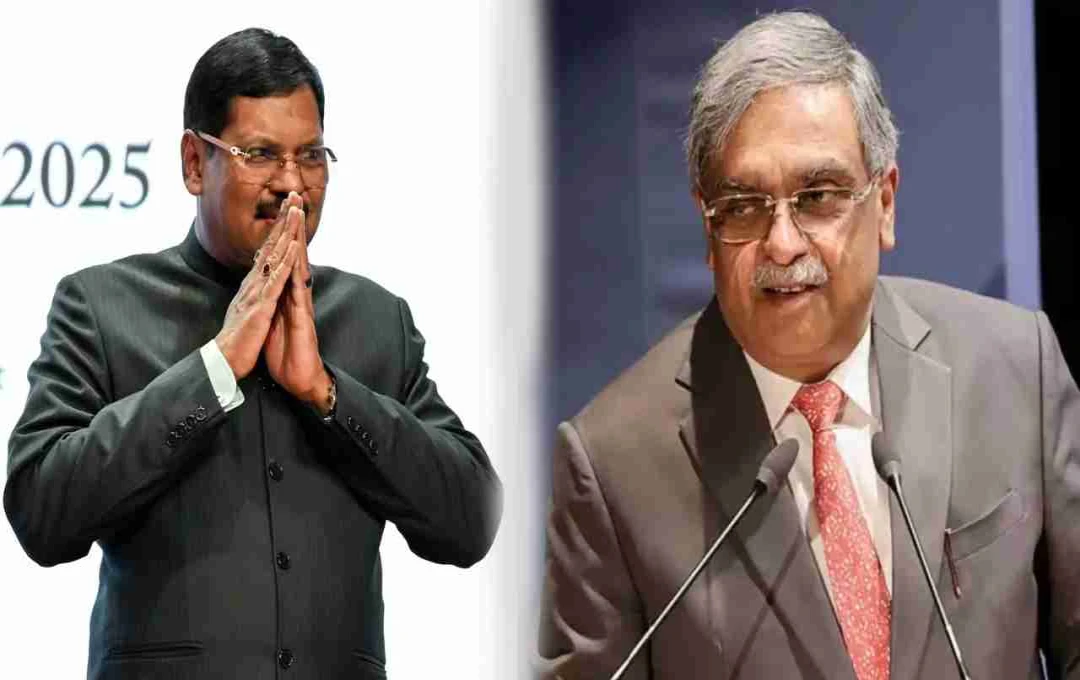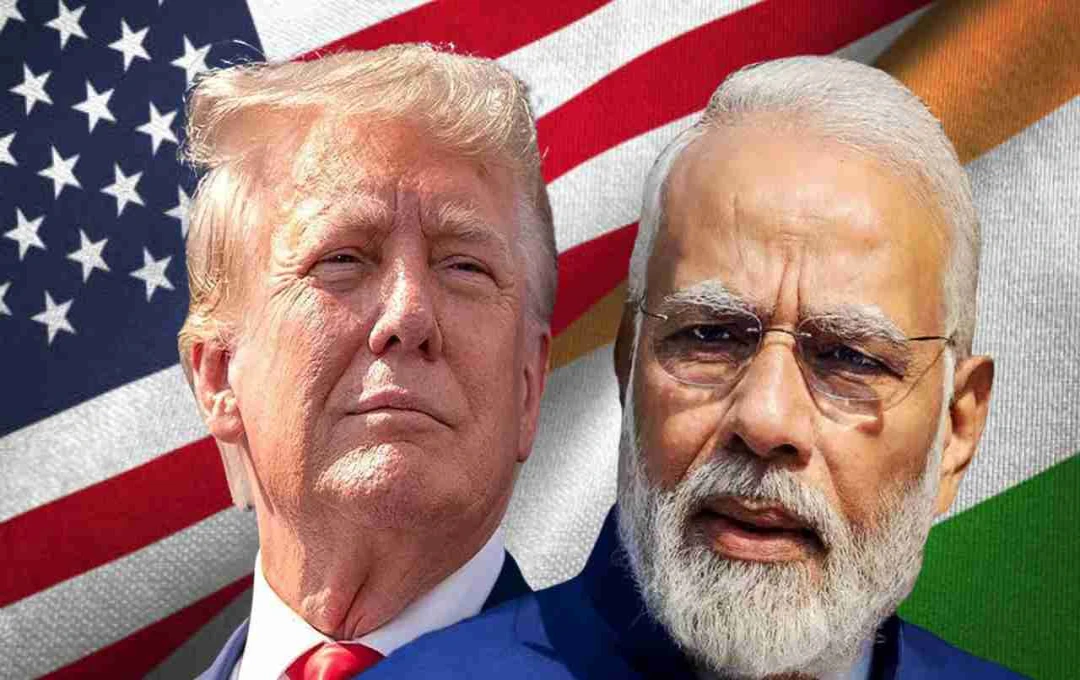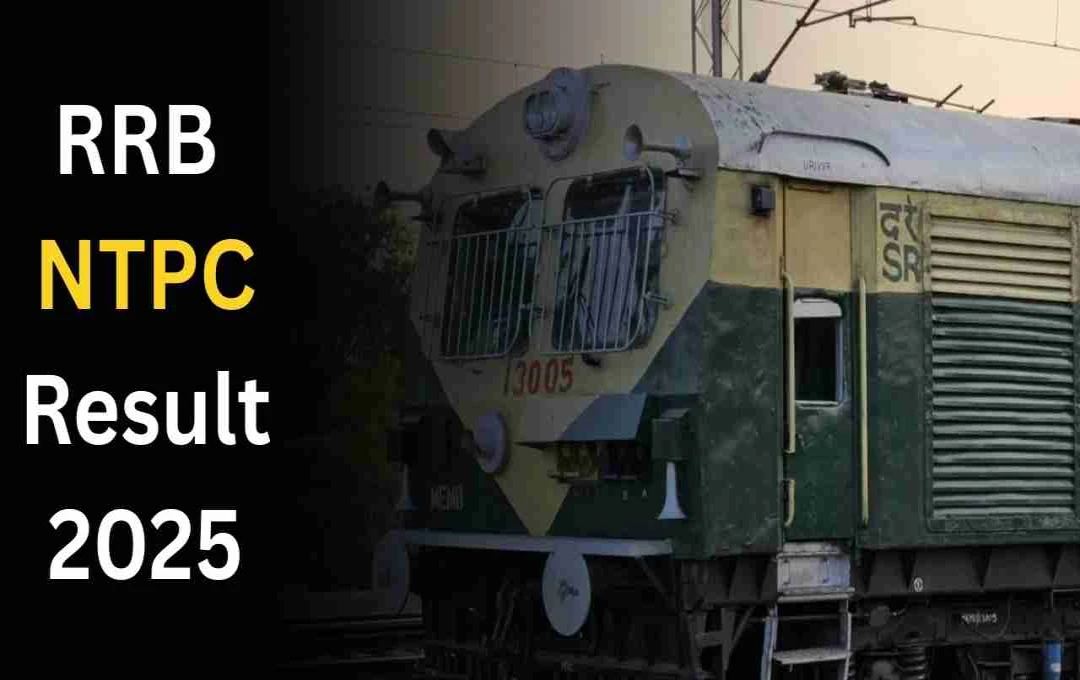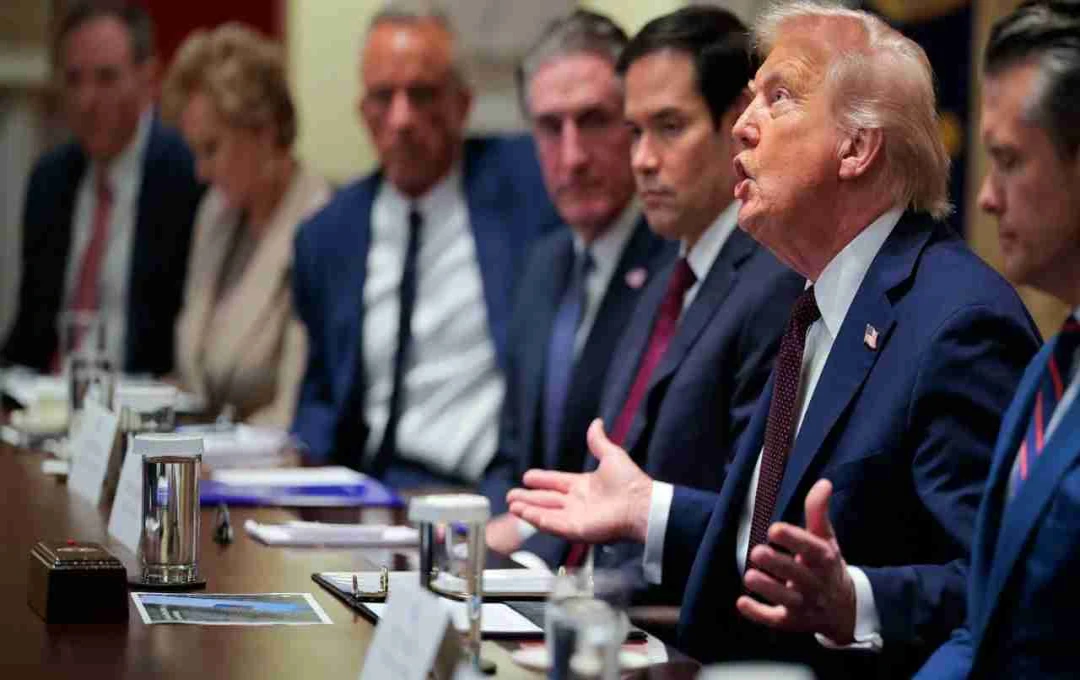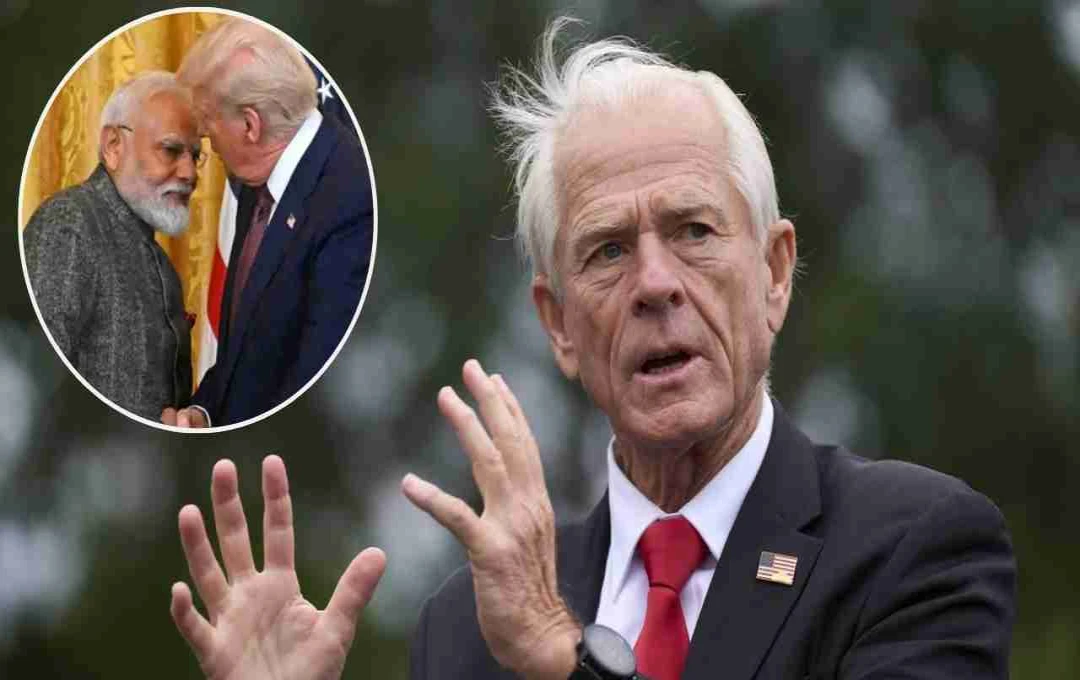Negotiations on the India-US trade agreement are progressing, but India is exercising caution, keeping domestic interests in sectors like agriculture, dairy, and steel in mind.
India-America: The long-stalled trade agreement between India and the United States has gained momentum. Recent statements by US President Donald Trump have further strengthened the possibilities of this much-anticipated deal. Trump stated that an 'interim trade agreement' between the US and India is in the final stages of discussion, and a major announcement between the two countries could be expected soon.
India is represented in these talks by a senior team from the Ministry of Commerce, currently in Washington. This team is holding crucial discussions with US officials on trade policies and tariff structures. Trump has also made it clear that a similar agreement to the one recently concluded between the US and Indonesia could soon be reached with India.
India's Cautious Strategy
The US is quite enthusiastic about this deal, and its government is consistently making statements in its favor. In contrast, India's strategy has been balanced and restrained so far. India has not only clarified its position on every issue but has also exercised special caution on sectors where the protection of the domestic market is linked - such as agriculture, dairy, and the automobile sector. The Indian government aims to ensure that the agreement does not harm the country's farmers, dairy producers, and steel and aluminum industries. For this reason, India has refused to offer greater concessions to the US in these sectors.
Trump's Big Announcement: Deal with India Soon
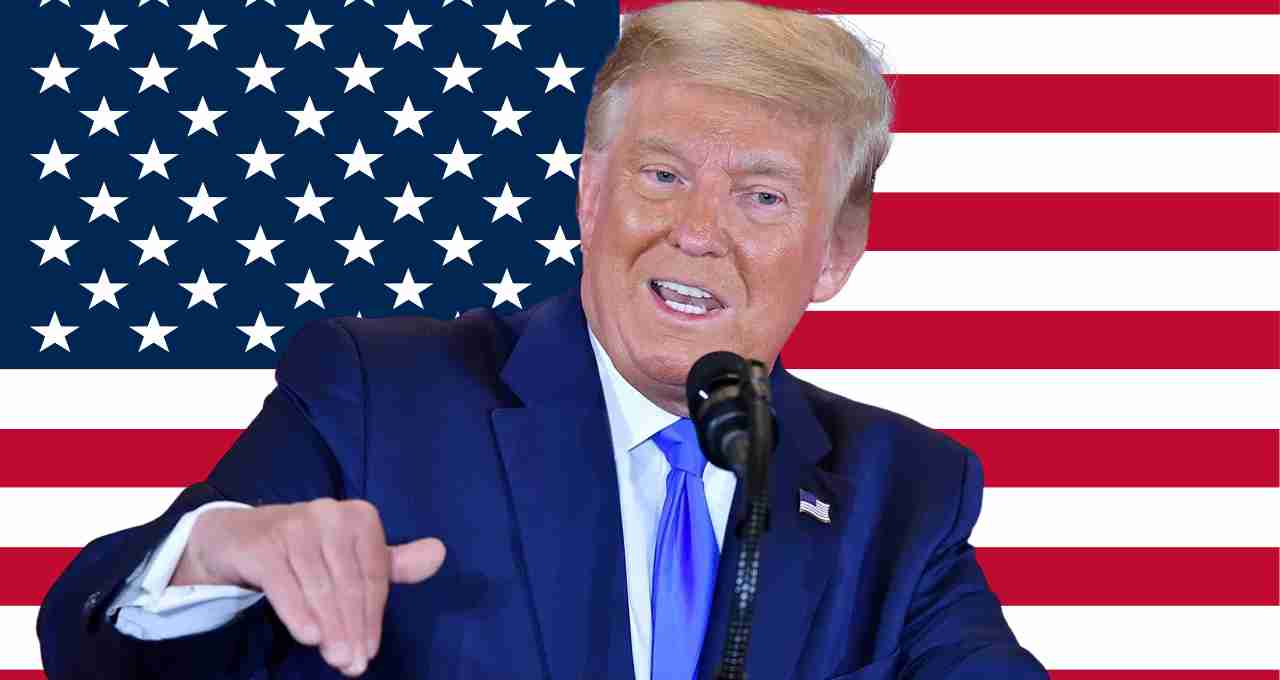
During a meeting with the Crown Prince and Prime Minister of Bahrain at the White House on Wednesday, Trump said, "We have recently made a deal with Indonesia, and now a deal with India is also very close." Earlier, Trump had also said that the deal with India could be similar to the one with Indonesia. This means that the US will get better access to the Indian market, and India may get some tariff relief, but this balance is still a subject of discussion.
US Strategy: Pressure of 20% Tariff?
Speaking of recent US policy, according to the agreement with Indonesia, the US has imposed a 19% tax on Indonesian products. This trade strategy can now prove to be a warning for India. The Trump administration is considering imposing a similar tariff, up to 20%, on India to put pressure on India to reach a deal. Although India has not given any official reaction to this so far, experts believe that this US policy may be a strategy to put pressure on India.
India's Demand: Minimum Tariff and Protection of Domestic Industry
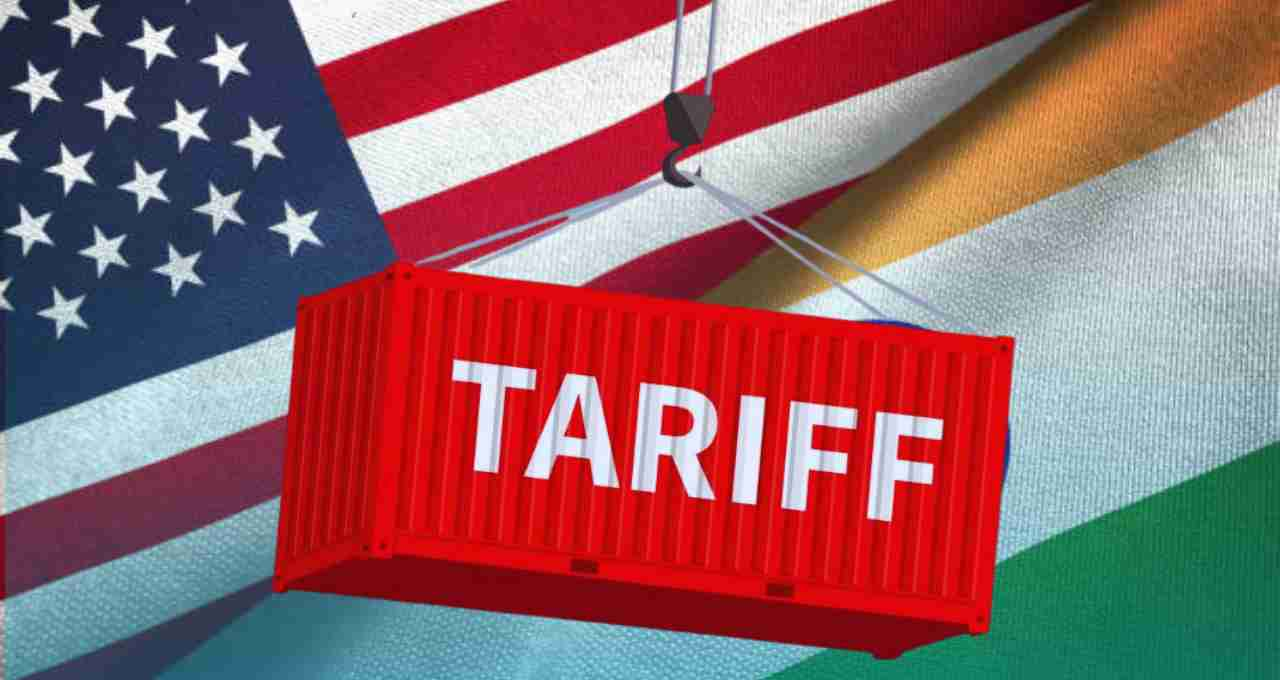
India is mainly making the following demands in this trade agreement:
- Minimum Tariffs: India wants the US to keep its tariffs on its products to a minimum so that Indian exporters can get more profit there.
- Protection of the Agriculture and Dairy Sector: India is not in favor of fully opening its doors to US dairy products and agricultural goods.
- Relief on Steel and Aluminum: The US had previously imposed additional tariffs on India's steel and aluminum. India now wants relief on these products.
- Balance on Automobiles: India believes that tariffs on automobiles coming from the US can harm Indian companies.
Political and Economic Significance of the Agreement
This trade agreement is important not only from an economic perspective but also from a geo-political point of view. Amidst the ongoing trade tensions with China, the US is looking for its trade partners in Asia. In this situation, India emerges as a b option. At the same time, this agreement is an opportunity for India to establish permanent access to a large market like the US. This can lead to an increase in exports and a ber role in the global supply chain for India.
